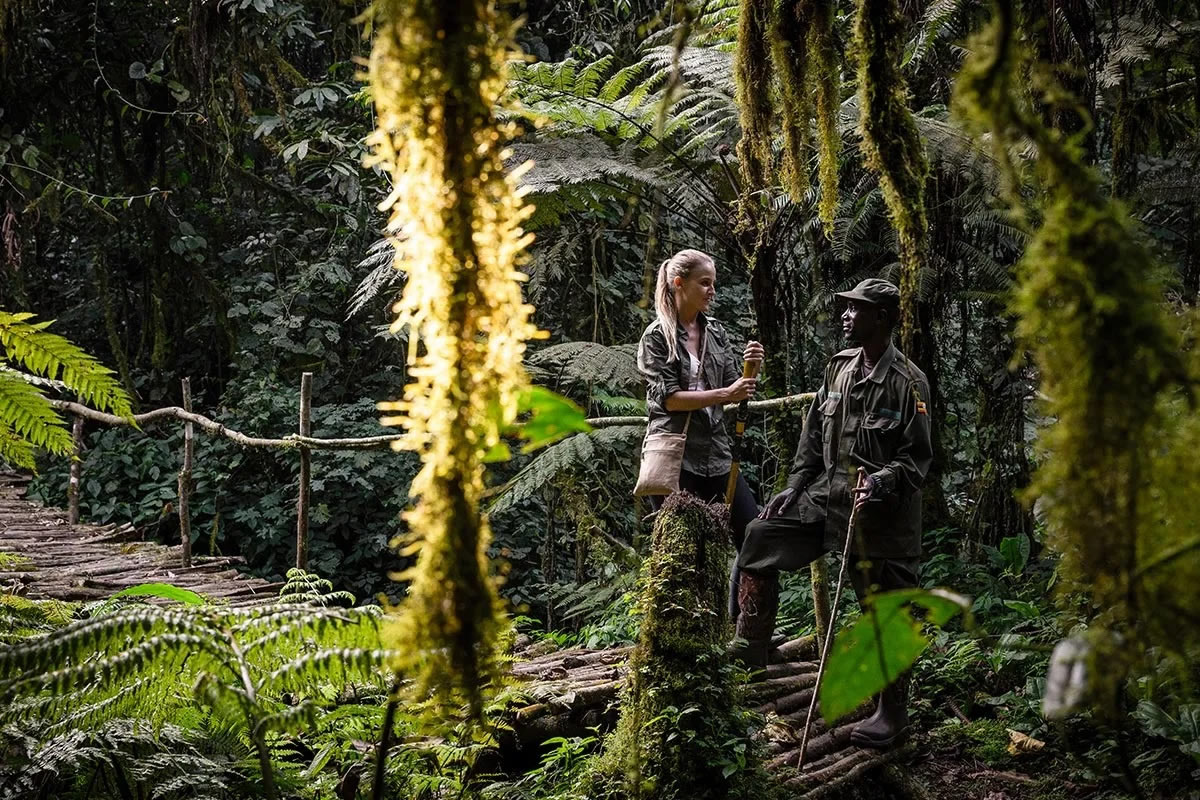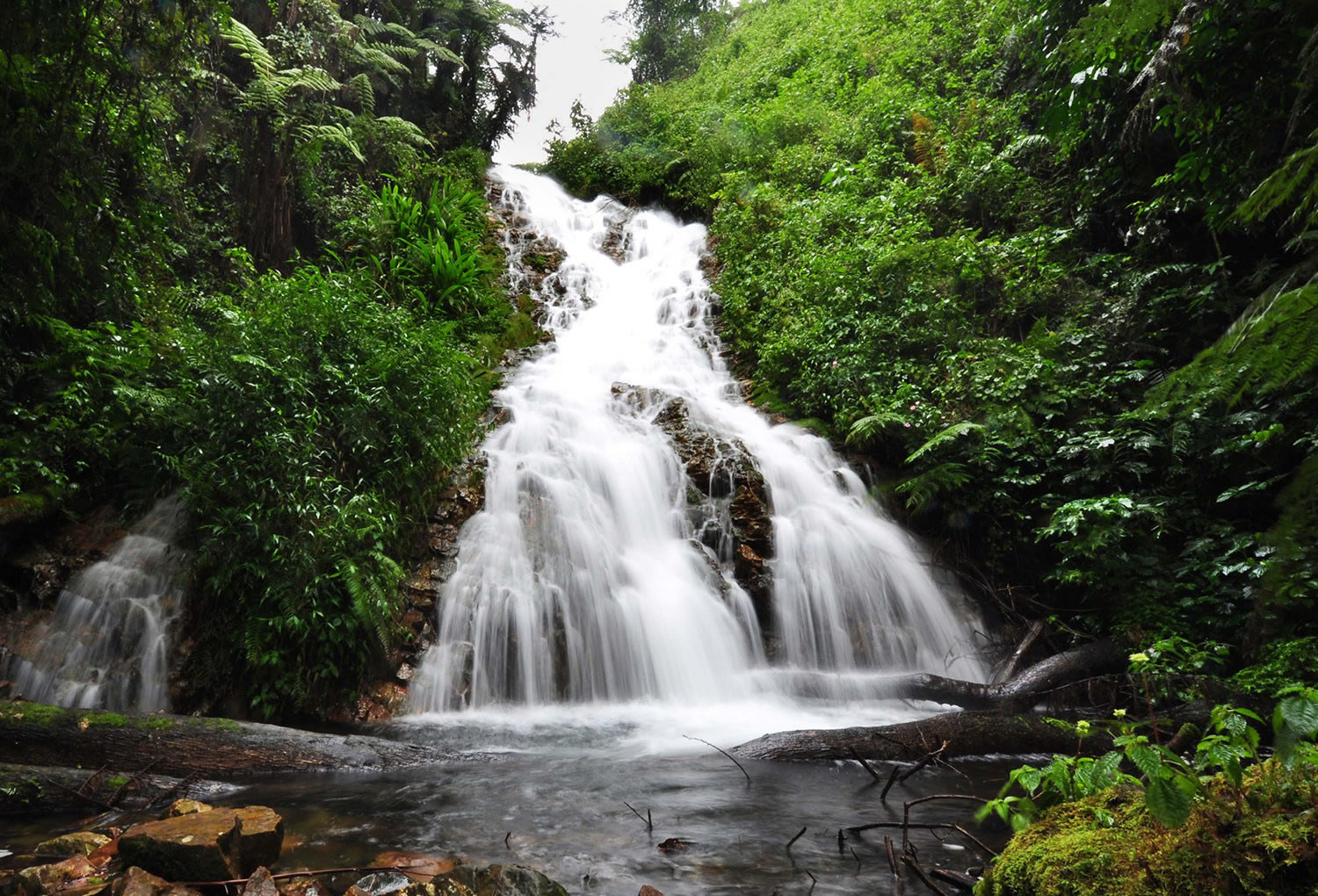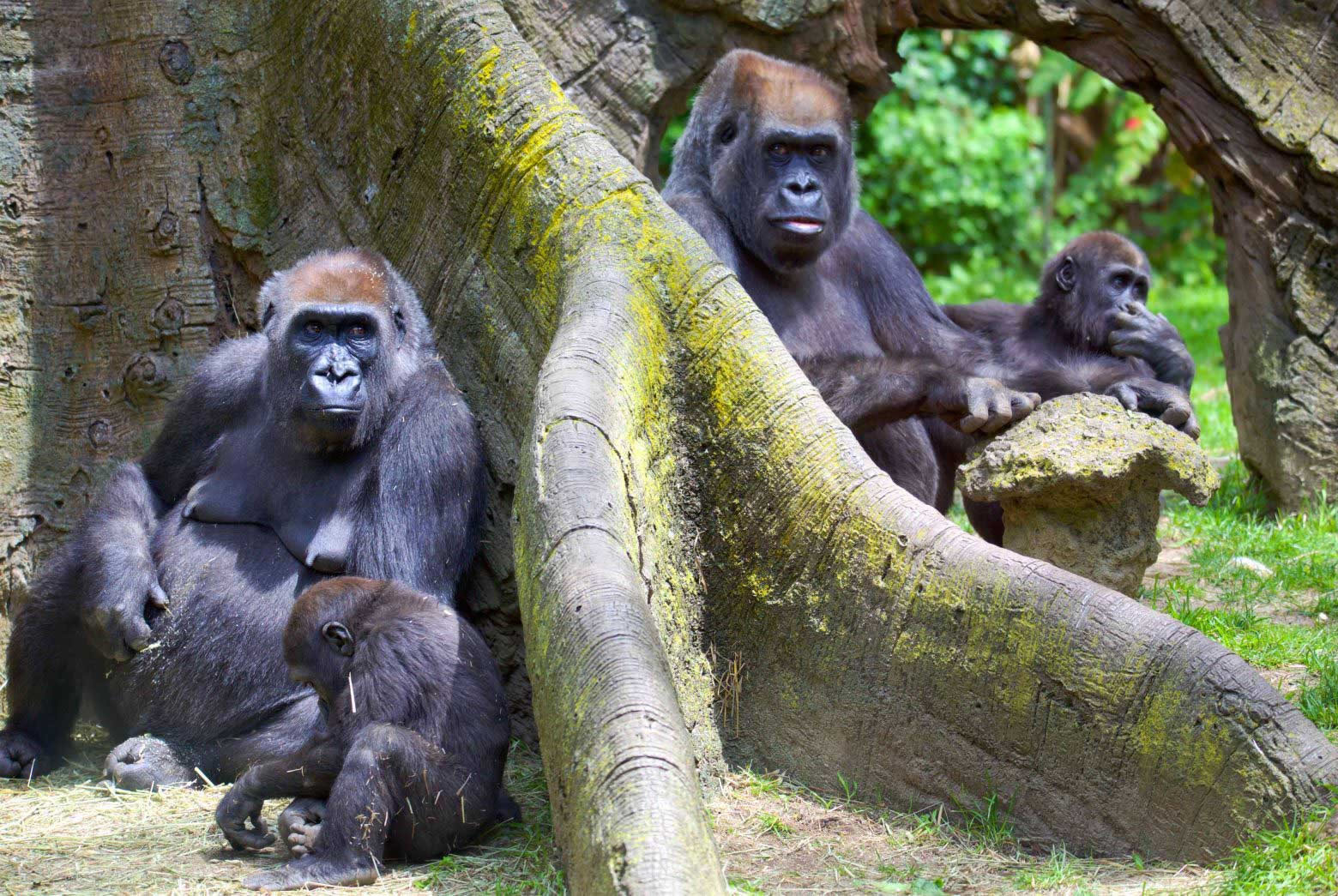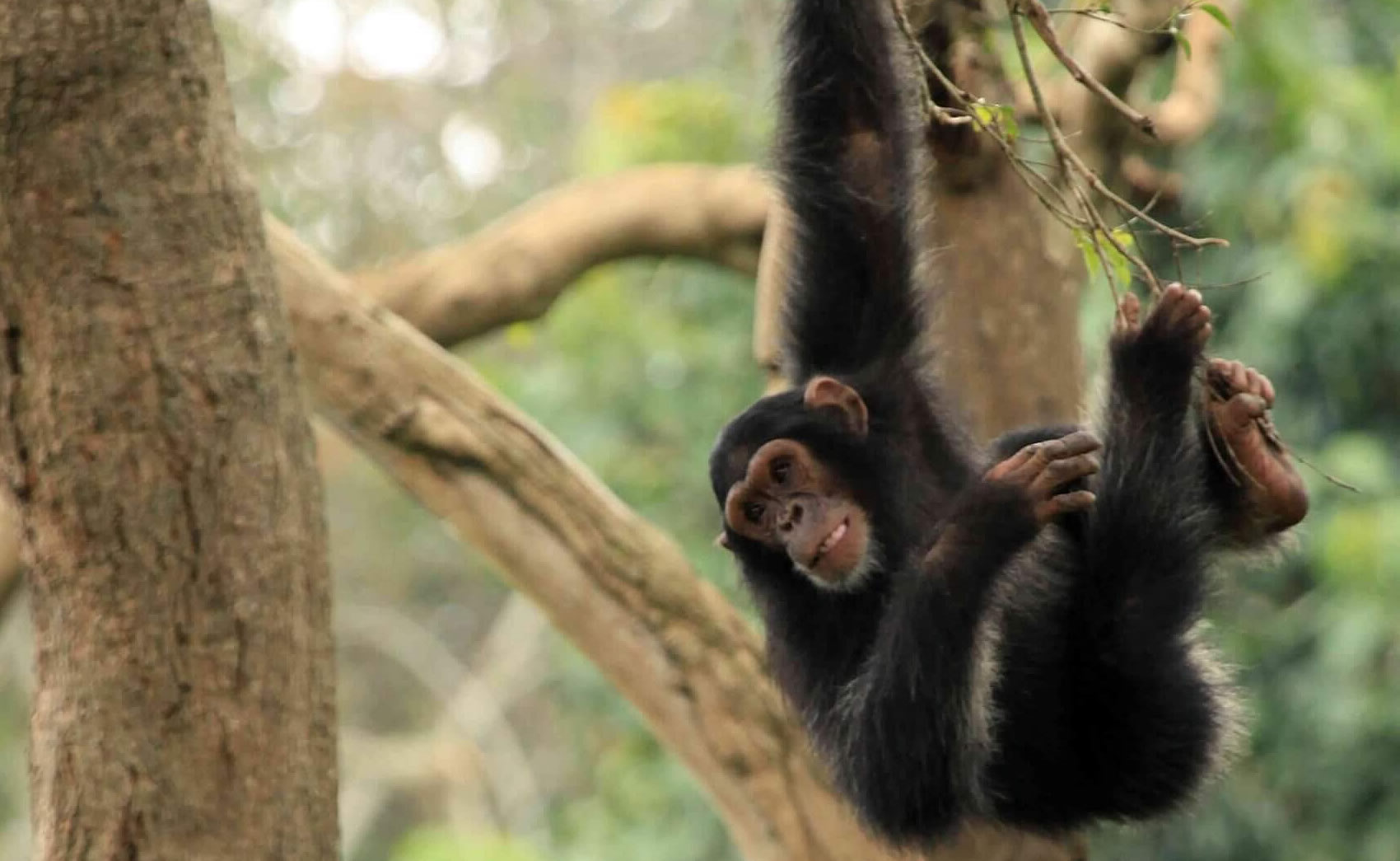
Bwindi Impenetrable National Park
Bwindi Impenetrable National Park: Highlights
Bwindi Impenetrable Forest (or, officially, Impenetrable National Park) is an ancient, deep forest rising up along the south western border of Uganda. Climbing up along the slopes of a mountain range, the park consists of a series of narrow, steep valleys, deep green and cloaked in mist. The park is an old and complex ecosystem with a wealth of biodiversity and within its depths lies a rare and striking world. Due to the dense undergrowth and rugged terrain, large portions of it can only be reached on foot, preserving its primordial nature. Forest elephants, giant forest hogs, hundreds of butterfly species and several types of primate roam beneath the thick canopy of trees.
Bwindi Impenetrable Forest is Gorilla Park, different from the others in that it is not part of the Virunga Volcanoes. It is older than the other parks in that it survived the Tectonic Shift that shaped the surrounding area. This Afromontane Forest attracts not only Gorilla Trekkers but Birders worldwide since it was crowned the best Birding Destination in Africa.
Bwindi Impenetrable National Park: In Pictures
Experience Bwindi Impenetrable National Park
Bwindi is home to half the world’s remaining population of critically endangered mountain gorilla. Out of these, several families have become habituated to humans, allowing small groups of people to track them and spend an hour in their company. The gorillas remain wild and the interaction takes place under the careful eyes of highly trained trackers. As gorillas are susceptible to human disease, the health restrictions for visitors are stringent. Due to the rugged terrain, only those older than 15 years are allowed to track. A day of gorilla trekking begins early, departing from your lodge with the dawn. The guides will meet and brief groups of visitors at the gathering point before setting off. The walk can be challenging, especially during Uganda’s two rainy seasons, which are from March to May and then again in November and December. Depending on where the gorillas were last seen, the trek can take anywhere between 40 minutes to six hours spent making your way through the tranquil green undergrowth that covers the mountain slopes, with several quiet encounters with the other denizens of the park en route. When the gorillas emerge from the foliage, time stands still as you enjoy their company for an hour. There is something deeply moving about being in the presence of these regal creatures.
Where to find Bwindi Impenetrable National Park
Birdlife at the Bwindi Impenetrable National Park
Bwindi should be on every birder’s itinerary. The park offers some of the best montane-forest (mountain-forest) bird watching in Africa. There are an estimated 350 bird species, with 14 not recorded anywhere else in Uganda. There are 23 birds unique to the Albertine Rift (which is 90% of all Albertine Rift endemics), including Neumann's warbler and blue-headed sunbird. Migratory birds are present from November to April.
The birdlife in Bwindi is good year-round, but at its best in March and September. June and July have the least rain while March to mid-May has the most. Heavy rains might interfere with your bird-watching time. The main nesting season is in May and June, with food being abundant from late May through September. Migratory birds, though not a significant part of Bwindi’s attraction to birders, are present from November to April.
Visit Similar Destinations

Bwindi is home to half the world’s remaining population of critically endangered mountain gorilla. Out of these, several families have become habituated to humans.
Bwindi Impenetrable National Park

There are 13 primate species found within the forest including chimpanzees, red-tailed monkey, L'Hoest's monkey, blue monkey, grey-cheeked mangabey, red colobus and black-and-white colobus.
Kibale Forest National Park

It's the smallest of Uganda’s savannah national parks and lies on ancient Precambrian metamorphic rocks that date back more than 500 million years.
Lake Mburo National Park

As its name suggests, it was created to protect the rare mountain gorillas that inhabit its dense forests, and it is also an important habitat for the endangered golden monkey.
Mgahinga Gorilla National Park

Its dramatic centrepiece is the eponymous waterfall, created where the River Nile crashes through an 8m-wide gap in the rock in a sensation of spray and roaring rapids.
Murchison Falls National Park

The park’s diverse ecosystems, which include sprawling savanna, shady, humid forests, sparkling lakes and fertile wetlands, make it the ideal habitat for classic big game.
Queen Elizabeth National Park
Want a quick Safari Consultation & Quotation: info@belosafaris.com





